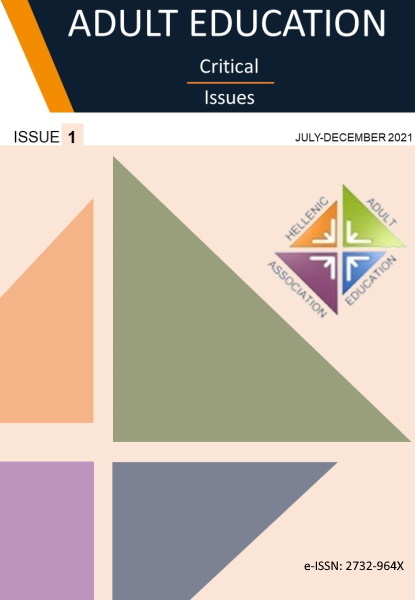Social interconnection as a factor of the effectiveness of Second Chance Schools. A case study from a Detention Center in Greece

Abstract
This paper refers to the importance of social interconnection between a Second Chance School (S.C.S.) in a detention center and the local community. The research was based on the qualitative approach and on the tool of the semi-structured interview for the collection of research data. Six trainers, eight trainees and the Director of the 2nd S.C.S. of Patras, were the sample of the research, while the technique of content analysis was chosen for the analysis of the data. The results of the survey show that there is a positive effect of the school's openness in achieving its educational objectives. In particular, social interconnection actions contribute to personal development, professional and educational vigilance, the acquisition of social skills, the change of attitudes and, to a lesser extent, to post-internment re-socialization. In addition, in order to improve the effectiveness of these actions, it is proposed that they are organized on a more stable and regular basis, as well as to focus mainly on vocational guidance.
Article Details
- How to Cite
-
Stoumpou, A., & Raikou, N. (2021). Social interconnection as a factor of the effectiveness of Second Chance Schools. A case study from a Detention Center in Greece. Adult Education Critical Issues, 1(1), 68–77. https://doi.org/10.12681/aeci.28800
- Section
- Articles

This work is licensed under a Creative Commons Attribution 4.0 International License.
Authors who publish with this journal agree to the following terms:
- Authors retain copyright and grant the journal right of first publication with the work simultaneously licensed under a Creative Commons Attribution License that allows others to share the work with an acknowledgement of the work's authorship and initial publication in this journal.
- Authors are able to enter into separate, additional contractual arrangements for the non-exclusive distribution of the journal's published version of the work (e.g., post it to an institutional repository or publish it in a book), with an acknowledgement of its initial publication in this journal.
- Authors are permitted and encouraged to post their work online (e.g., in institutional repositories or on their website) prior to and during the submission process, as it can lead to productive exchanges, as well as earlier and greater citation of published work (See The Effect of Open Access).



